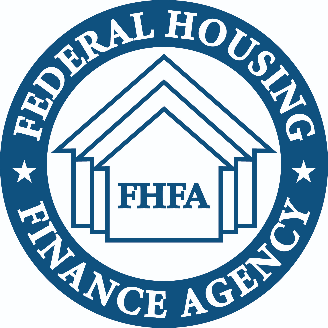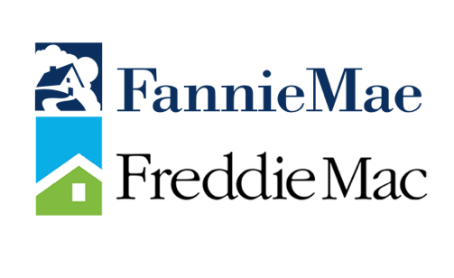Published on:

Two government-sponsored enterprises (GSEs) unveiled their first Equitable Housing Finance (EHF) plans in early June. In announcing the plans, the Federal Housing Finance Agency (FHFA) said they are designed to address barriers experienced by renters, aspiring homeowners, and current homeowners – particularly in Black and Latino communities.
Included in the rollout are plans for 2022-2024 by Fannie Mae and Freddie Mac.

“The Equitable Housing Finance Plans represent a commitment to sustainable approaches that will meaningfully address the racial and ethnic disparities in homeownership and wealth that have persisted for generations,” said FHFA Acting Director Sandra L. Thompson. “We look forward to working with the Enterprises, lenders, and other housing industry participants to further develop the ideas described in these plans.”
The plans evolved from FHFA’s Request for Input and public listening session in September 2021. Among the activities they include are:
- Consumer education initiatives for renters and homeowners;
- Credit reporting to help tenants build credit profiles and enable better access to financial services;
- Expanding counseling services to support housing stability;
- Deploying technology to improve access to sustainable credit and fair home appraisals; and
- Special Purpose Credit Programs to address barriers to sustainable homeownership.
These activities will be updated annually to further promote sustainable homeownership and rental opportunities for traditionally underserved Black and Latino communities.
Fannie Mae’s plan, which they describe as a people-center approach to advancing equity in housing, focuses on three areas:
- Housing preparation
- Buying or renting
- Moving in and maintaining sustainable homeownership
The company says its plan is “just one piece of a much larger and evolving strategy. . .to address inequalities in the housing finance system and extend the wealth-building benefits of homeownership.”
“We can knock down barriers standing in the way of greater equity in housing. Under the auspices of this plan, Fannie Mae is prepared to do more. And we will,” proclaimed David C. Benson, president and interim CEO.
Freddie Mac called its plan an important component of its “expansive, mission-driven work to responsibly provide liquidity, stability and affordability in all communities and across all market cycles.” Five areas are being explored in Freddie Mac’s plan:
- Addressing the homeownership gap
- Strengthening investment within formerly redlined areas
- Financing the creation and preservation of affordable housing
- Increasing opportunities for renters
- Helping to address disparities among Black and Latino communities
Michael DeVito, CEO of Freddie Mac, said work is already underway on its plan, adding, “Our multi-pronged approach reinforces Freddie Mac’s commitment to working across the housing industry to support opportunities for more Black and Latino families to access the American Dream.”
In a blog post by Don Layton at Harvard’s Joint Center of Housing Studies, four major issues to watch were outlined. He suggested industry and other observers should watch to see how the plans strategically evolve, “including whether or not the programs survive at all.”
The four issues JCHS listed were:
- The political durability of EHF plans. Unlike earlier housing goals and Duty to Serve (DTS) social programs of the GSEs that were founded in congressional legislation, the EHF plan lacks such legal requirements. Layton suggested the first time a Republican-appointed FHFA director changes, the EHF program “is very much at risk.”
- The political durability and impact of SPCPs (special purpose credit programs). The rarely-employed SPCPs, a mechanism from the 1974 Equal Credit Opportunity Act, is a core of the new EHF plans. Because of questions raised on whether SPCPs might violate the Fair Housing Act’s prohibition on discrimination of any type, Layton believes “very careful calibration by the GSEs” will be needed. He also thinks it is vulnerable once a Republican president enters office and appoints new leadership at HUD.
- Will focuses on selected races generate pushback? The focus on Black homeowners and renters in the Fannie Mae EHF plan openly downplays all other families of color, suggested Layton, which could result in challenges from excluded racial groups.
- Will the focus on reducing closing costs survive? The largest sources of closing costs for GSE-funded loans come from title insurers and mortgage insurers, which have powerful lobbying and political influence, thus making this focus problematic, according to Layton. “It remains to be seen whether the title and mortgage insurance industries accept lower margins on such EHF-related loans or, fearing this is the beginning of a broader attack on their high profit margins, move aggressively to protect their interests,” he explained.
FHFA created a “pilot transparency framework” for the GSEs to accompany their plans. It requires each Enterprise to publish and maintain a list of pilots and test-and-learn activities on its public website.